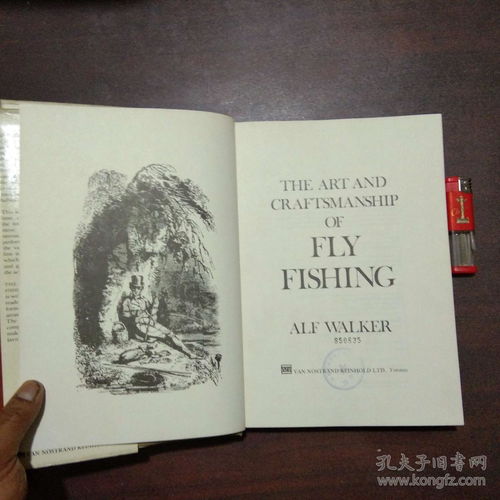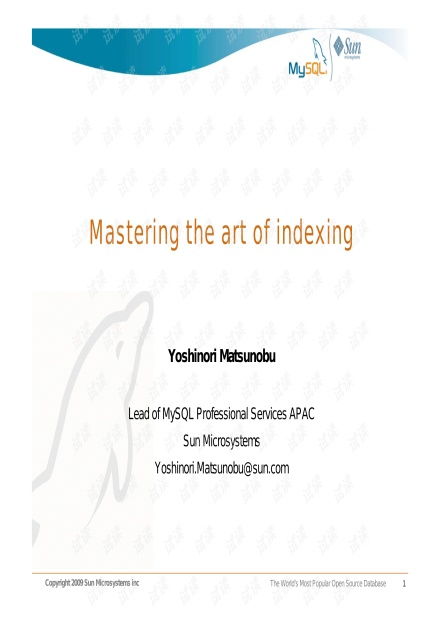Content:
Introduction: Fly fishing, an ancient and revered sport, has captivated anglers for centuries. With its intricate techniques and equipment, mastering the art of fly fishing can be a challenging yet rewarding endeavor. One crucial aspect of fly fishing is adjusting the float, which plays a vital role in ensuring successful catches. In this article, we will delve into the art of adjusting the float, providing you with a detailed guide and step-by-step illustrations to help you become a proficient fly fisherman.

Understanding the Float: Before we delve into the adjustment process, it is essential to understand the float's purpose and how it functions. The float, also known as a bobber, is a buoyant object attached to the fishing line, designed to indicate when a fish has taken the fly. It serves as a visual aid, allowing anglers to detect subtle movements and vibrations in the water.
Types of Floats: There are various types of floats available for fly fishing, each designed for specific conditions and species. Some common types include:
- Bubble Float: Ideal for still waters, such as ponds or small streams.
- Sliding Float: Suitable for slow-moving rivers and streams.
- Floating Float: Perfect for casting long distances and retrieving flies quickly.
- Sinker Float: Used in deep waters and heavy currents.
Adjusting the Float: Now that we have a basic understanding of the float, let's explore the process of adjusting it. Adjusting the float involves determining the correct length of the fishing line above the float, which is crucial for successful fishing. Here's a step-by-step guide:
Step 1: Prepare Your Equipment: Ensure you have all the necessary equipment, including a fly rod, reel, fishing line, float, leader, and fly. Make sure the line is taut and the reel is properly adjusted.
Step 2: Attach the Leader: Attach a leader to the fishing line. The leader is a length of monofilament or fluorocarbon line that connects the float to the fly. The length of the leader depends on the type of water and fly being used. Typically, leaders range from 6 to 12 feet.
Step 3: Attach the Float: Attach the float to the leader using a fly fishing knot, such as the improved clinch knot or the surgeon's knot. Ensure the float is securely tied and there is no slack in the line.
Step 4: Determine the Water Level: Observe the water level and note its depth. This will help you determine the appropriate length of the fishing line above the float.
Step 5: Adjust the Float: To adjust the float, hold the fishing rod vertically and gently pull the line until the float is at the desired height above the water surface. The float should be positioned so that it is slightly above the water level, allowing it to rise when a fish takes the fly.
Step 6: Fine-Tuning: After adjusting the float, test its performance by casting and retrieving the fly. If the float is too high, the fly may not reach the desired depth. If it is too low, the fly may get snagged on the bottom. Make small adjustments to the float's position until you achieve the desired balance.
Step 7: Practice and Experiment: Adjusting the float may require some practice and experimentation. Try different lengths and heights of the float to find the optimal position for your specific fishing conditions. Remember, the key is to maintain a delicate balance between the float's position and the depth of the fly.
Conclusion: Adjusting the float is a crucial skill in fly fishing, as it directly impacts the success of your catches. By following the step-by-step guide and illustrations provided in this article, you can master the art of adjusting the float and become a more proficient fly fisherman. Remember, practice and experimentation are key to refining your technique. Happy fishing!












